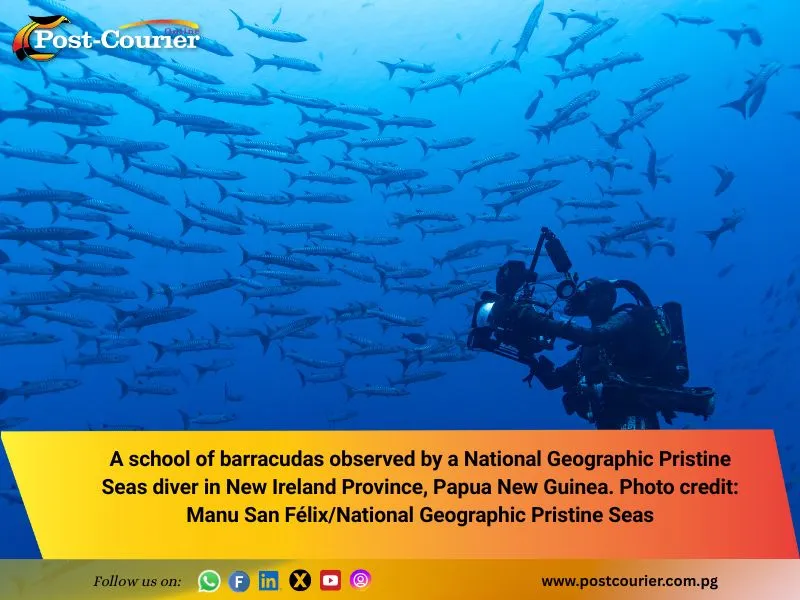Copyright postcourier

Dives around the remote Tingwon Islands, situated 40 kilometers off Lavongai (New Hanover), have revealed a spectacular and healthy marine ecosystem, confirming the success of the community’s traditional conservation efforts. Senior marine researcher Alan Friedlander reported that the dives were “spectacular with a head spinning diversity of species of every color, shape, and size.” The key to this vibrant health is the large “tambu” area, an indigenous, no-fishing resource management tool established by the local community. Researchers are currently studying the protected zone to understand its profound effects on ocean health. The research team observed the largest biomass and diversity of fishes seen to date on their expedition within the tambu area. Community members indicated that many species reproduce here, a protection that appears to be paying off significantly. Crucially, the abundance of fish species witnessed outside the tambu area strongly suggests the community is managing its resources sustainably. This is evidence of spillover, where protected marine life migrates into adjacent areas open to fishing, potentially boosting local fisheries and contributing to the overall health of the ecosystem. The health of the coral reefs within the tambu zone was also noteworthy. The coral communities were diverse, featured an abundance of baby corals, and showed only modest signs of bleaching. Healthy fish populations are essential for coral survival. Herbivorous fish, such as parrotfish and surgeonfish, feed on algae that compete with corals for space. Protecting these species within the tambu benefits not only local food security but also allows corals to thrive, a critical defense mechanism against climate change and ocean warming, helping reefs recover from future bleaching events. The Tingwon Islands represent a focal point for global marine conservation, possessing unique and vulnerable biodiversity assets in a region where rapidly expanding human populations rely heavily on these resources for their food and livelihoods.



